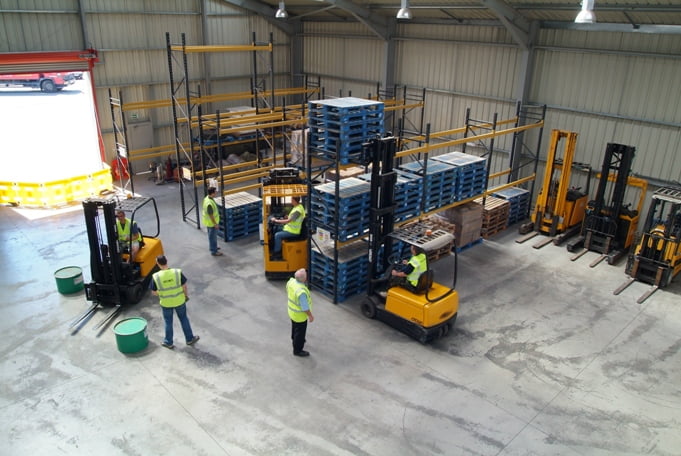Most people aren’t thrilled with having to comply with mandatory checklists, be their honey do lists over the weekend or OSHA required checklists before operating forklifts. A key in situations like this is to find ways to turn the checklist from feeling like a chore into feeling like an opportunity. This is what many people in the shipping industry are doing with their OSHA pre-operating checklists; using them as opportunities to cut costs and be more efficient within the warehouse.
“Check” For Efficiency
The very first sentence on OSHA’s pre-operation checklist reads, “A vehicle that is in need of repair, defective or in any way unsafe should be removed from service.” This might seem simple, but let’s think about it – immediate downtime for one machine by noticing it needs repair will cost far less over the long term than replacing a machine or even greater repairs if the damage worsens. Not to mention the potential for workplace accidents when machinery is damaged or defective.
Below are the major bullet points from the checklist.
- Fluid levels — oil, water, and hydraulic fluid.
- Leaks, cracks or any other visible defect including hydraulic hoses and mast chains. NOTE: Operators should not place their hands inside the mast. Use a stick or other device to check chain tension.
- Tire condition and pressure including cuts and gouges.
- Condition of the forks, including the top clip retaining pin and heel.
- Load backrest extension.
- Finger guards.
- Safety decals and nameplates. Ensure all warning decals and plates are in place and legible. Check that information on the nameplate matches the model and serial numbers and attachments.
- Operator manual on truck and legible.
- Operator compartment. Check for grease and debris.
- All safety devices are working properly including the seat belt.
Following this checklist daily (or every shift, if a forklift is in operation for multiple shifts per day) can help employees and managers run a more efficient warehouse and dramatically cut costs. A truck that is immediately recognized as needing repairs will avoid being abused, which is a pretty big deal when abuse can make up to 30% of a fleet’s cost.
Sure, OSHA’s daily pre-operational checklist can feel like a hassle or be tempting to do half-heartedly. This is why it’s so important to treat it like an opportunity, every morning as the warehouse is about to hum to life, to be more efficient, cut down on cost, and increase the safety of everyone in the building.

